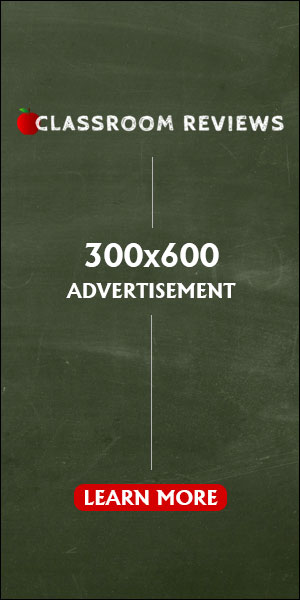Alan Delk
[email protected]
160 High Bluff Court
Johns Creek, GA 30097
Ph:678.521.2160
by Valerie Schuetta, M.Ed.
Up-Words® Reading is an excellent program in 3 Levels, for any teacher of grades K-3 or 4, with children having alphabet familiarity. Also, it is an especially perfect tool for any Reading Specialist trying to help students with reading difficulty.
The first thing that is noteworthy is that the sequential Lesson Plans have clear instructions and are easy to use. All of the teachers I know will love that time-saving feature. Each of 3 levels contains everything you need for a literacy-rich program in five components: Teacher’s Manual, Student Workbook, Decodable Reader Series, Resource Kit, and Progress Manual. These are all components of a cutting-edge reading program, teaching phonological awareness, phonics, fluency, sight words, and reading comprehension. I attribute this to the fact that Up-Words was developed by a Speech Pathologist and a Reading Specialist.
Decodable readers are especially important for beginning readers who are just learning to put together sounds to make words. This is why phonemic awareness is so crucial for beginning readers to master. If young readers have the ability to play around with sounds, that is, delete sounds and substitute with new sounds, recognize rhyming words, add sounds to word families, and truly master the ability to recognize the first, middle, and ending sounds, they are well on their way to becoming successful readers. Decodable readers are a very useful tool and can only enhance these skills. They give children that well-deserved pat on the back that says “Yes! I’m a reader!”.
The format reminds me of how I actually prepare my own lesson plans, showing the different activities in easy-to-read columns for Monday through Friday. For example: Phonemic Awareness: 1. Rhyme Time Activity. Phonics: 2. Determine the Letter of the Week 3. Handwriting Practice 4. Auditory Discrimination. 5. Scavenger Hunt 6. Playdough letters Sight Word Work 7. Introduce New Sight Words 8. Literature and at the top of each lesson it tells you what new letters are coming in the lesson. All of the skills are listed vertically, below each day, and the learning activities that correspond to each reading component. It is all in an easy-to-read format that anyone would find easy to understand, including a substitute teacher. The best part about the easy-to-read format is that there is no instructional time lost trying to figure out the lesson. Just looking at the lessons made me feel enthusiastic about actually teaching it!
Each lesson has 8 activities, but all begin with a phonemic awareness lesson, which is a crucial skill for a successful reader to acquire early on – for instance, “Monday, Level 1, Rhyme Time Activity” and when you turn the page, you see the instructions for exactly what that means for the activity. The instructions guide you to page one of the work-book, where you will find the Rhyme Time Activity. The work-book activities are meant to be used as master copies and there might be 5 activities for Phonics. Up-Words® covers all of the learning styles, too. For tactile learners, there are activities using colorful sand and play dough; for auditory learners, the teacher reads a piece from the Literature section and then has the students read themselves. This is a thorough and complete reading program that any teacher will find exciting and useful. VS






